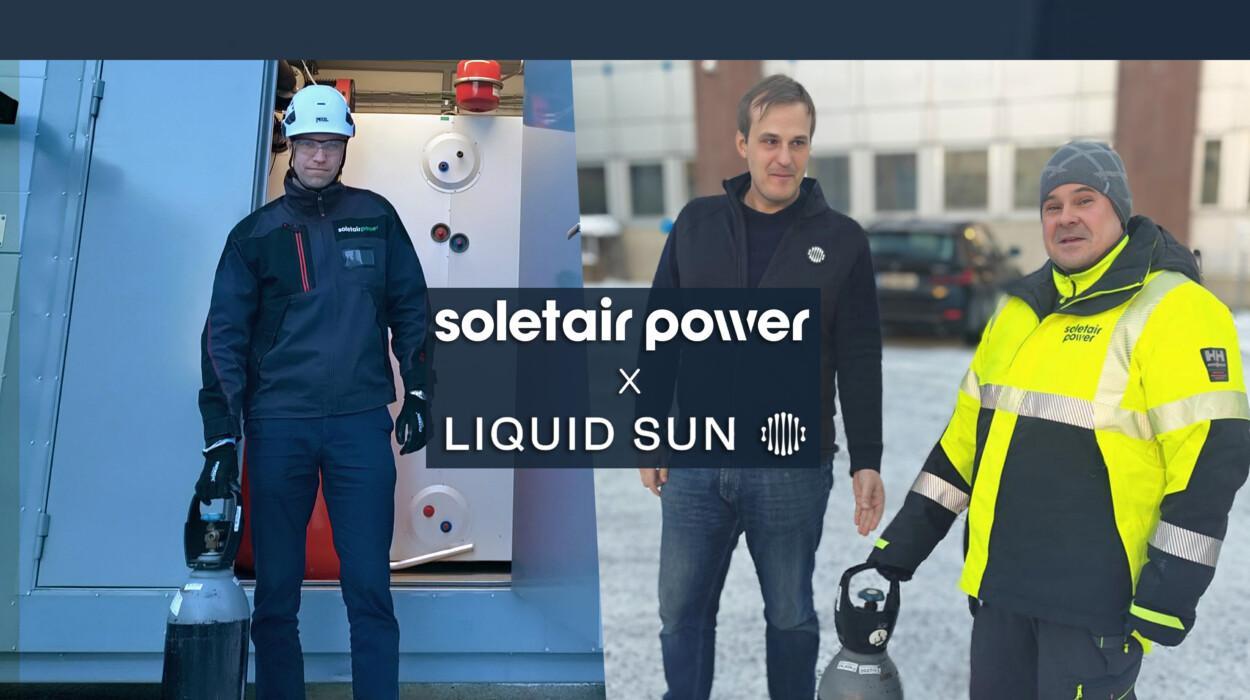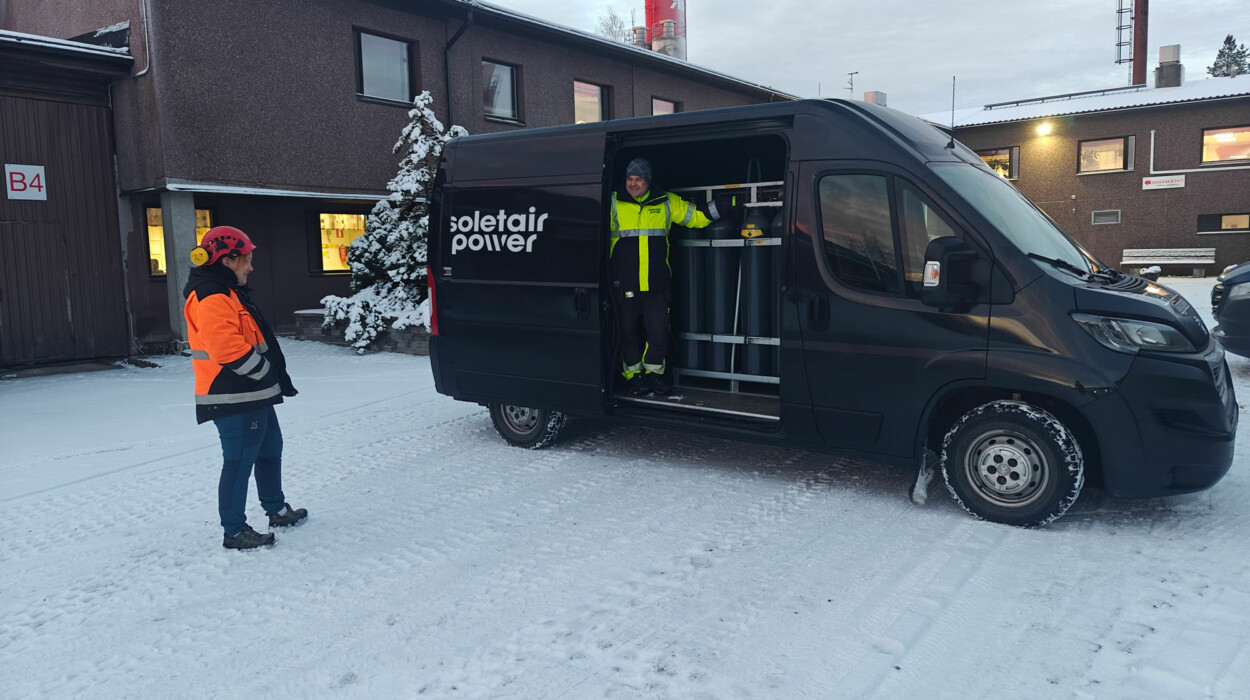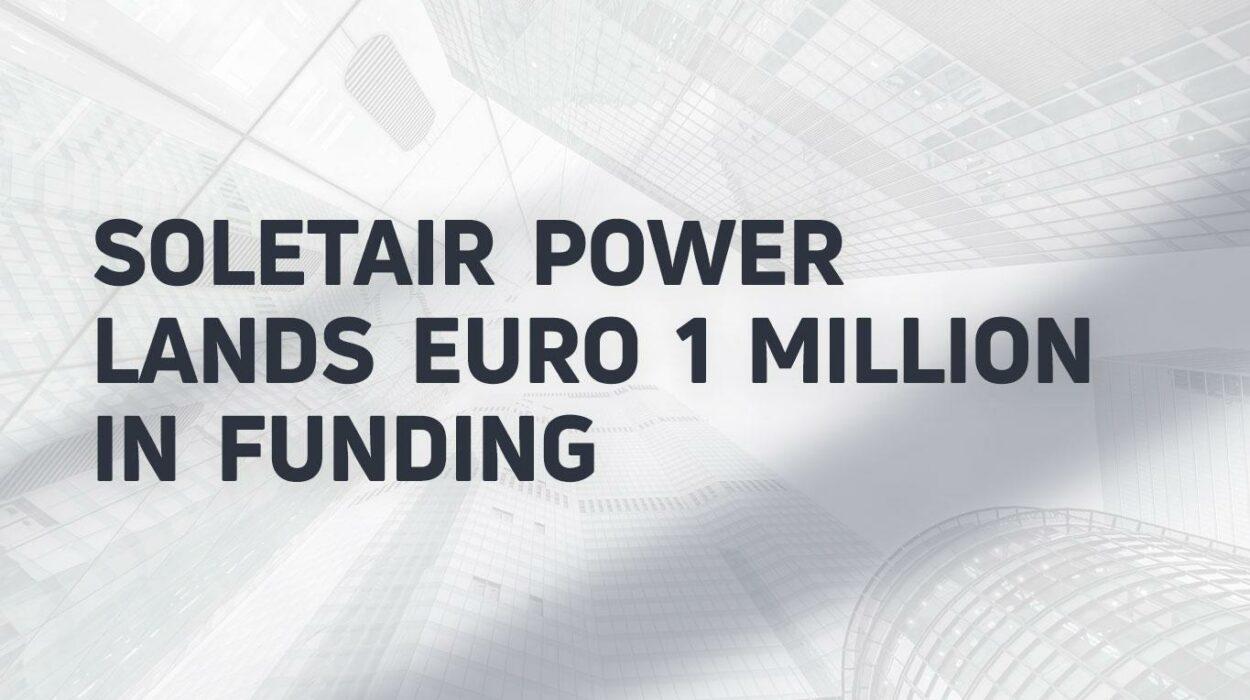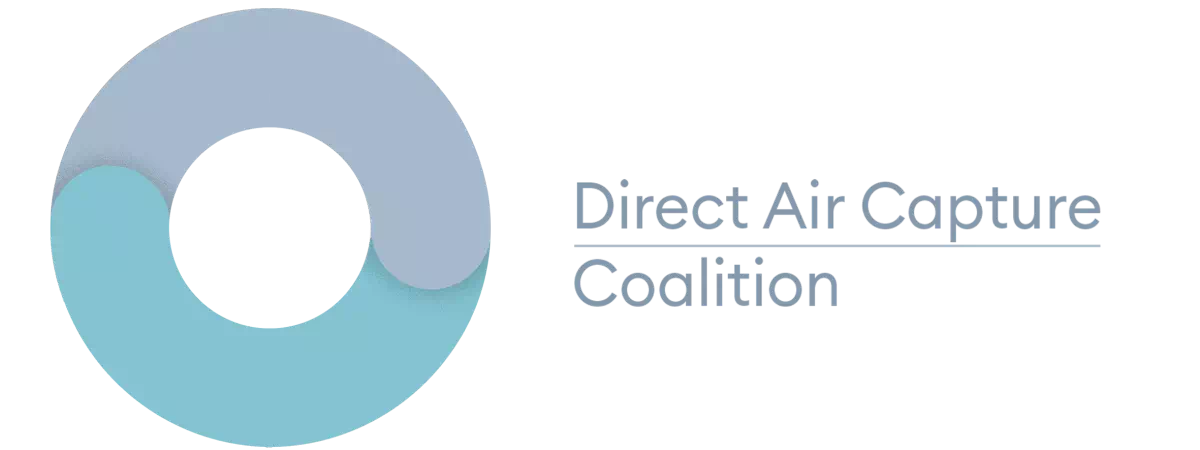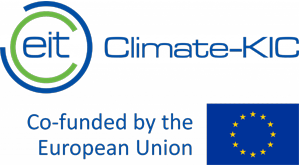Make your building breathe for the planet.
World’s first building-integrated direct air capture technology that transforms buildings into CO2-capturing machines.
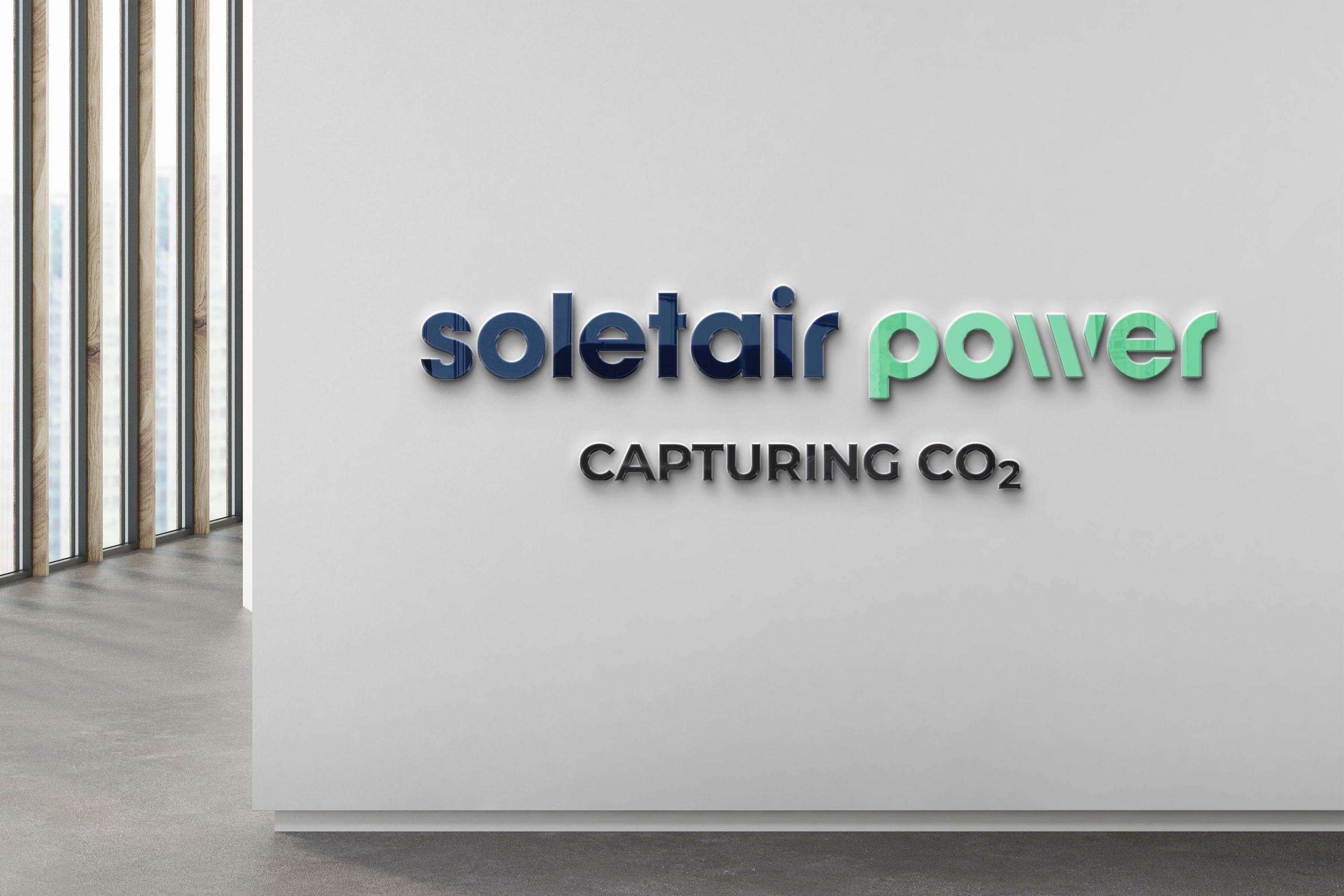
Your building can do better.
Buildings have long been silent contributors to a warming world. Now, Soletair Power is going to transform buildings into powerful allies in humanity’s quest to restore our atmosphere.
Welcome to an era where urban infrastructures don’t just stand; they breathe, capture CO2, and give life back to our air.
Capture CO2 onsite and transform your building into a carbon-capturing machine
Clean Air from Thin Air.
Soletair Power’s Direct air capture (DAC) technology makes buildings capture CO2 from the ambient air flowing through HVAC systems, transforming millions of buildings into a network of CO2-scrubbers.
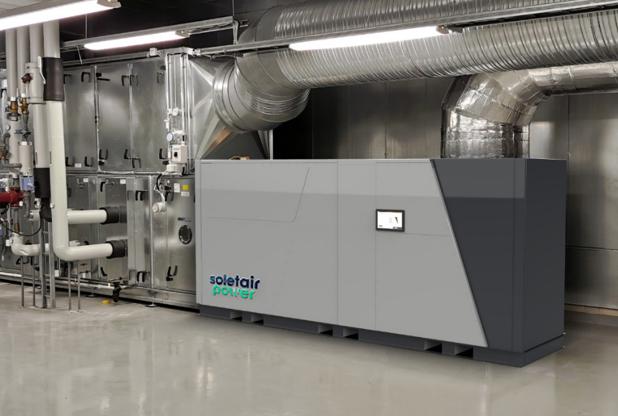
The Technology
Building-Integrated Carbon Capture
Soletair Power’s BICC technology integrates seamlessly with buildings’ existing ventilation (HVAC) systems lowering owners’ Scope 2 and tenants’ Scope 3 emissions, cutting energy costs and enabling urban infrastructures to actively remove CO2 from the atmosphere.
Captured CO2 can be permanently stored or utilized in a variety of applications—helping companies or property owners decarbonize without disrupting daily operations.
Carbon minus⁻
Run on renewables, captures more CO2 than it emits.
Retrofittable
Easily retrofits with building’s existing HVAC system.
Air+
Supplies CO2-lean air leading to better indoor air quality.
Permanence
CO2 mineralization enables long-term storage.
Building the largest distributed carbon capture network on the planet
Tested and Trusted
In just four years, we’ve moved beyond demos, and pushed to production. Six direct air capture systems have already been successfully delivered.
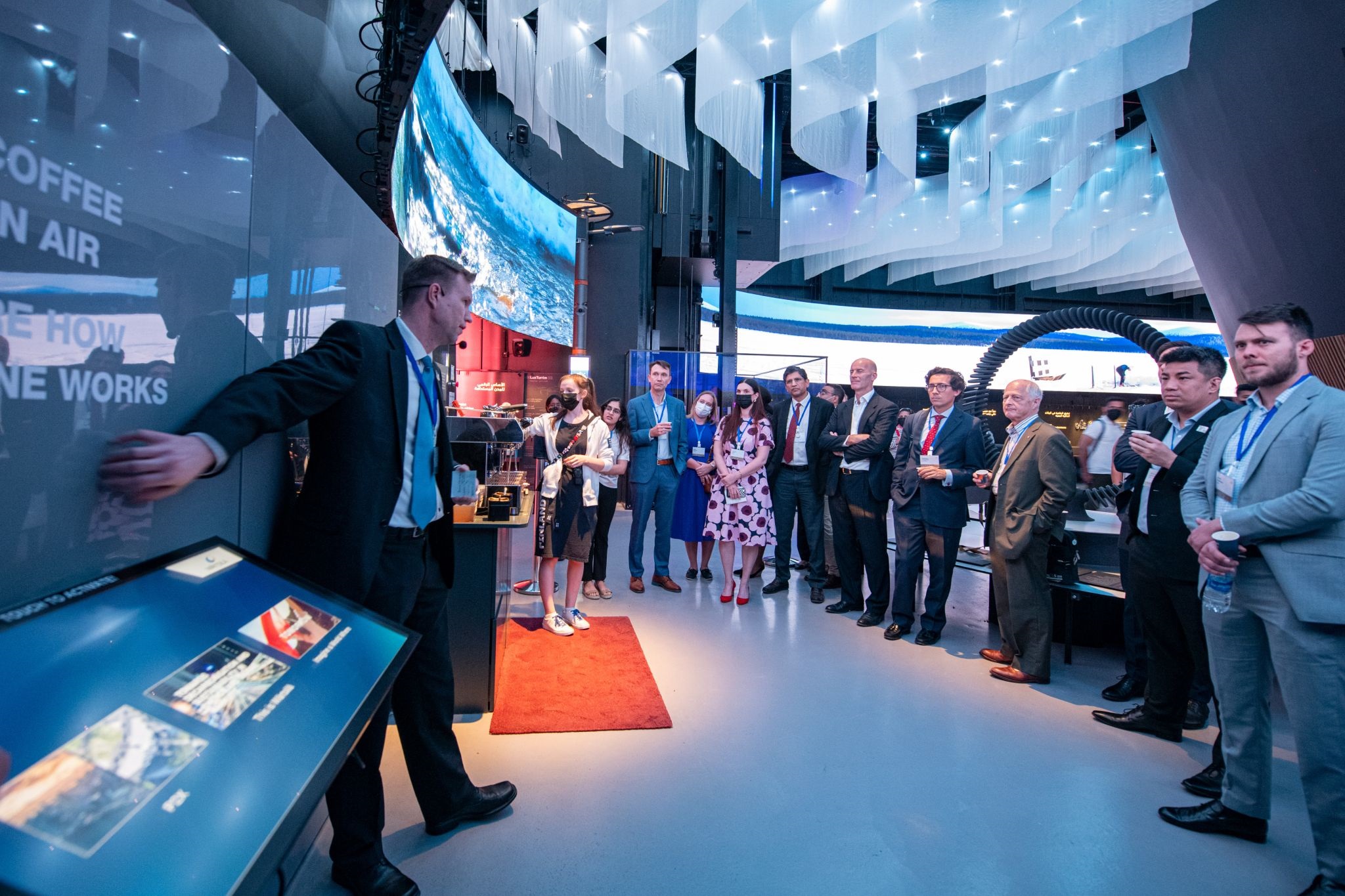
Pioneering Deployments
2024: 🇩🇰 Building Integrated CO2 Capture at Danica Pension
2023: 🇫🇮 Pure CO2 Capture at Vantaa near Helsinki airport
2023: 🇫🇮 Air CO2 Capture Module at LUT ↗
2022: 🇫🇮 Building-Integrated Carbon Capture at Wärtsilä
2022: 🇩🇪 Outdoor Air CO2 Capture at ZBT
2021: 🇦🇪 Power-to-X Fuel-from-Air at Expo 2020 Dubai
World’s first DAC technology to decarbonize buildingsbusinessesofficesdata centers
Integrate our revolutionary technology into your building, capture CO2, save energy and restore our atmosphere—all while reducing your operational costs. Your building can breathe life back into the planet.

